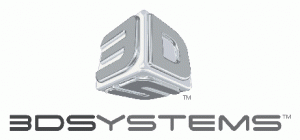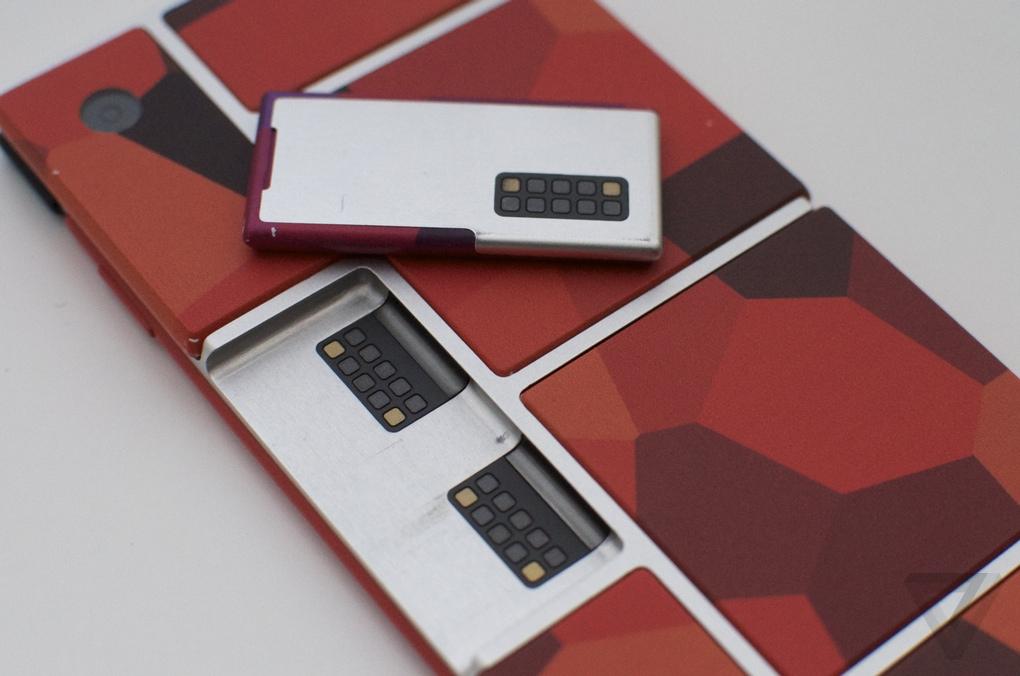When 3D Systems announced that they were teaming with Google to 3D print “millions and hopefully billions” of smart phone modules for Google’s upcoming Project Ara smartphone, many within the industry were  perplexed. How in the heck are they going to print out possibly billions of modules for smartphones, when 3D printing speeds are so incredibly slow?
perplexed. How in the heck are they going to print out possibly billions of modules for smartphones, when 3D printing speeds are so incredibly slow?
Last month we got somewhat of an answer from the company, when they stated that they would be “creating a continuous, high-speed 3D printing production platform and fulfillment system to accommodate production-level speeds and volume.” They stated that such a process was made possible by creating a continuous motion system, using a racetrack-like architecture which would “allow the module shells to move in a continuous flow with additional ‘off ramps’ for various finishing steps, including inserts and other module manipulations.”
This is a major reconfiguration of traditional print methodologies, one which caters towards mass manufacturing, rather than single item production. The main speed  impediment in regards to current 3D printing methods is the slowing down and speeding up of the print head and/or platform, as it changes direction. What 3D Systems will likely do, is create a very large scale print bed, allowing extremely fast straight line printing of a lengthy area before the printer head begins a directional change.
impediment in regards to current 3D printing methods is the slowing down and speeding up of the print head and/or platform, as it changes direction. What 3D Systems will likely do, is create a very large scale print bed, allowing extremely fast straight line printing of a lengthy area before the printer head begins a directional change.
Yesterday at 3D Systems’ Investor Day, in addition to revising their full year revenue guidance from $680-$720 million to $695-$735 million, they also revealed further information regarding their plans with Google on Project Ara. Based on statistics given by 3D Systems, it is estimated that the printing speeds used within the manufacturing of modules for Google’s Project Ara will increase by approximately 50X over current 3D printing methods.
“3D Systems is collaborating with Google to develop a very high throughput, high-quality, full-color, fully-automated printer designed to print thousands of parts per
day,” wrote Weston Twigg, an analyst for Pacific Crest Securities. “The printer is expected to be 50x faster than current state of the art. This type of printer could catapult 3D printing forward in the manufacturing industry, with or without Project Ara’s success.”
Google’s Project Ara is expected to begin production in the first quarter of 2015. Such a large scale project should prove to be a major test for 3D Systems’ new manufacturing capabilities. If everything goes as intended, we could see other manufacturers adopting 3D Systems’ high speed, mass production 3D printing setup.
“We expect to be able to apply the benefits of these developments into many, many other industrial and consumer goods applications,” stated 3D Systems CEO Avi Reichental when discussing their ambitious Project Ara involvement last month.
What do you guys think? Will 3D Systems’ latest advancement in additive manufacturing techniques catapult the technology into mass manufacturing facilities around the globe? Discuss this story in the 3D Systems forum thread at 3DPB.com
Subscribe to Our Email Newsletter
Stay up-to-date on all the latest news from the 3D printing industry and receive information and offers from third party vendors.
You May Also Like
UpNano Launches 2PP 3D Printing Service with New NanoPro VT Printer
UpNano, an Austrian company specializing in two-photon polymerization (2PP) additive manufacturing (AM), has launched a service bureau that will offer high-volume output of microscale parts. The new service, NanoPro, will...
Materialise Updates Magics and Partners with BLT at Formnext 2024
At this year’s Formnext, 3D printing software and services pioneer Materialise, unveiled a series of software updates designed to enhance customization capabilities in 3D printing for its users. The announcement...
HP’s New Materials, Tools, and Collaborations to Drive 3D Printing Forward at Formnext 2024
At Formnext 2024, HP unveiled several key developments aimed at advancing additive manufacturing (AM), with new materials, workflow optimization tools, and expanded metal printing capabilities. These announcements reinforce HP’s strategy...
Farsoon at Formnext: What’s New in 3D Printing for 2024
With Formnext 2024 underway in Frankfurt, Farsoon Technologies (SHA: 688433) is showcasing a series of developments unveiled in the lead-up to the event. From advancing food-safe 3D printing for the...





































